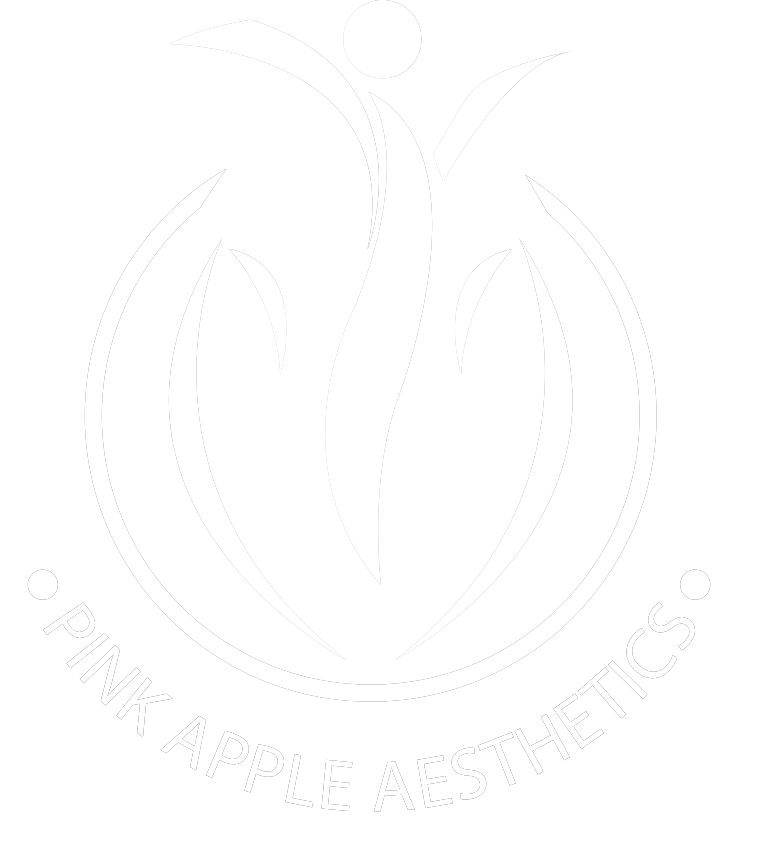Female Genital Cosmetic Surgery is a fast-growing speciality in the world with an increasing demand for a variety of procedures to beautify the female genitals like vaginal tightening, labia minoraplasty, labia majoraplasty, clitoral hood reduction, and hymenoplasty. The top reasons for opting for such surgeries are aesthetic concerns, reduced sexual pleasure or medical reasons like Dyspareunia. The surge in demand may be attributed to the large number of successful surgeries and partly to the proliferation of sexually explicit material in digital and print formats as well as to the increasing prevalence of genital hair removal. The age of majority of the patients going for this surgery ranged from 21 to 40 years, when they are sexually most active and more aware of their bodies.

In female anatomy, the hood of the clitoris — or the clitoral hood — is the fold of skin that surrounds the head of the clitoris. The clitoral hood protects the sensitive tip of the clitoris from friction or constant rubbing. With age, pregnancy, childbirth and weight fluctuations, the skin around the clitoris can become elongated thereby reducing sensitivity. The excess folds of the clitoral hood, or prepuce, can be reduced with a Clitoral Hood Reduction. This procedure also know as a Clitoral Hoodectomy, Clitoral Unhooding, or Clitoridotomy, reduces the length and projection of the skin around the clitoris.This type of cosmetic surgery is usually done to enhance sexual stimulation or to lessen discomfort while exercising or wearing certain types of clothing.
Cosmetic surgeons often perform a Clitoral Hood Reduction along with a labiaplasty, where the size of the outer lips is reduced. During the procedure, the surgeon removes any excess folds in the clitoral hood and then the wound is closed with dissolvable stitches. The main surgical techniques that address Clitoral Hood Reduction includes removing a horizontal central cleft of tissue mid-shaft on the clitoral hood or reducing the overhang just dorsal to the clitoral hood. The success rate of the surgery is often determined by factors like the technique chosen and the precision of the surgeon.
Like every other surgery, Clitoral Hood Reduction may have some complications like bleeding, infection, under-resection, over-resection, nerve damage leading to hyposensation or hypersensation, scarring, urine retention. Some mild swelling or discomfort following the Clitoral Hood Reduction surgery is common. Normal activity can be resumed after 2 or 3 days of rest whereas sexual activity will require a waiting period of 1 month.
The clitoris has no function in reproduction but the many nerve endings in this area make it the the main pleasure center for females during sex. There are no rights and wrongs when it comes to how the genitals should look. But if a person is uncomfortable with the appearance of their genitals or if they cause problems in daily life, they can opt for surgery after thorough research on the procedure is done. Clitoral Hood Reduction surgery should not be considered as an option to treat pyschosexual dysfunctions, low sex drive or the inability to orgasm.
For Enquiries and Online Appointments
For more detailed information about Clitoral Hood Reduction, please send us a message today.

